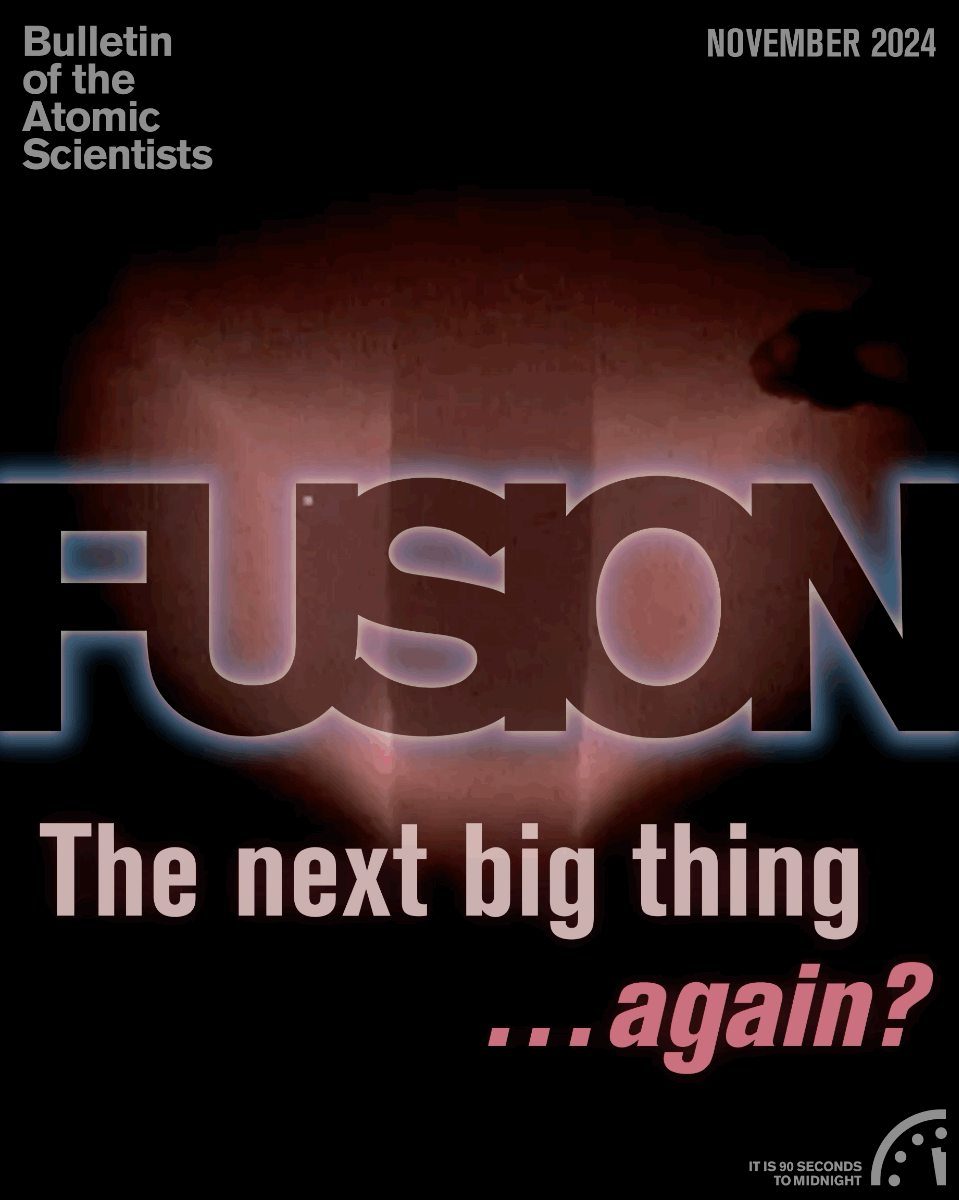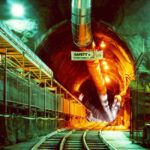Abdou, M. et al. 2021. “Physics and technology considerations for the deuterium-tritium fuel cycle.” Nuclear Fusion 61, 013001. https://doi.org/10.1088/1741-4326/abbf35
Claessens, M. 2023. ITER: The Giant Fusion Reactor, 2nd Edition (Cham, Switzerland: Springer). https://doi.org/10.1007/978-3-031-37762-4
Clery, D. 2024. “Giant international fusion project is in big trouble.” Science. July 3. https://www.science.org/content/article/giant-international-fusion-project-big-trouble
Creely, A. J. et al. 2020. “Overview of the SPARC Tokamak.” Journal of Plasma Physics 86, Issue 5: 865860502. https://doi.org/10.1017/S0022377820001257
Federici, G., F. Maviglia, and J. Holden (eds.). 2022. “Special Issue on European Programme towards DEMO: Outcome of the Pre-Conceptual Design Phase.” Fusion Engineering and Design 178, 113103. https://www.sciencedirect.com/special-issue/10RRZQ6LW4H
Jassby, D. L. et al. 1985. “The TFTR Lithium Blanket Module Program.” Journal of Fusion Energy, Vol. 4, 57-77. https://doi.org/10.1007/BF01051639
Jassby, D. 2017. “Fusion reactors: Not what they’re cracked up to be.” Bulletin of the Atomic Scientists. April 19. https://thebulletin.org/2017/04/fusion-reactors-not-what-theyre-cracked-up-to-be/
Jassby, D. 2018. “ITER is a showcase… for the drawbacks of fusion energy.” Bulletin of the Atomic Scientists. February 14. https://thebulletin.org/2018/02/iter-is-a-showcase-for-the-drawbacks-of-fusion-energy/
Jassby, D. 2022. “The Quest for Fusion Energy.” Inference Vol. 7, No. 1. https://doi.org/10.37282/991819.22.30
Keilhacker, M. et al. 1999. “High fusion performance from deuterium-tritium plasmas in JET.” Nuclear Fusion 39, no. 2: 209. https://doi.org/10.1088/0029-5515/39/2/306
Kovari, M. et al. 2018. “Tritium resources available for fusion reactors.” Nuclear Fusion 58, 026010. https://doi.org/10.1088/1741-4326/aa9d25
Kritcher, A. L. et al. 2024. “Design of the first fusion experiment to reach target energy gain G > 1.” Physical Review E109, 20521. https://doi.org/10.1103/PhysRevE.109.025204
Matveev. D. et al. 2023. “Tritium removal from JET-ILW after T and D–T experimental campaigns.” Nuclear Fusion 63, 112014. https://doi.org/10.1088/1741-4326/acf0d4
NASEM (National Academies of Sciences, Engineering, and Medicine). 2021. “Bringing Fusion to the U.S. Grid.” Consensus study report. National Academies of Sciences, Engineering, and Medicine. (Washington, DC: The National Academies Press) https://doi.org/10.17226/25991
NNSA (National Nuclear Security Administration). 2016. “Production of Tritium in Commercial Light-Water Reactors.” NNSA-USDOE report, National Nuclear Security Administration, US Department of Energy. June 2016. https://www.energy.gov/sites/prod/files/2016/06/f32/20160615%20ROD%20for%20Final%20SEIS%20Tritium.pdf
Strachan, J. D. et al. 1997. “TFTR DT experiments.” Plasma Physics and Controlled Fusion 39, B103. https://doi.org/10.1088/0741-3335/39/12B/008
Tanabe, T. et al. 2003. “Tritium retention of plasma facing components in tokamaks.” Journal of Nuclear Materials 313–316: 478–90. https://doi.org/10.1016/S0022-3115(02)01377-6
Zylstra, A. B. et al. 2022. “Experimental achievement and signatures of ignition at the National Ignition Facility.” Physical Review E 106, 025202. https://doi.org/10.1103/PhysRevE.106.025202






















This critical assessment, by Daniel Jassby, is not the type of assessments that are sought out by promoters of nuclear fusion energy experimental projects and the funders who perceive of benefits from investing in such projects. This assessment reminded me of prior independent assessment made in the mid-1970s by an academic in New Mexico, regarding the status of the Project Plowshare program. That program involved assessing the use of nuclear explosives for various civil engineering application, including blasting harbors, sea level canals and fracking for natural gas. The studies began in 1958 and then the federal funding was eventually ended… Read more »
The erroneous claim fusion makes is that fusion energy has “essentially free fuel.” Startup tritium and beryillium will cost $200 million or more. The only commercial sources of Lithium-6 are China and Russia. Fusion energy efforts are based on the very optimistic assumption that the tritium fuel will be generated by the commercially practical fusion reactors.
Hundreds of billions spent, with ever more billions needed to reach supposed commercialization with an ever receding future timeline, always stated as still decades away. Let’s concentrate on proven, practical, currently existing clean energy technologies. This is needed now.